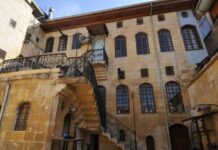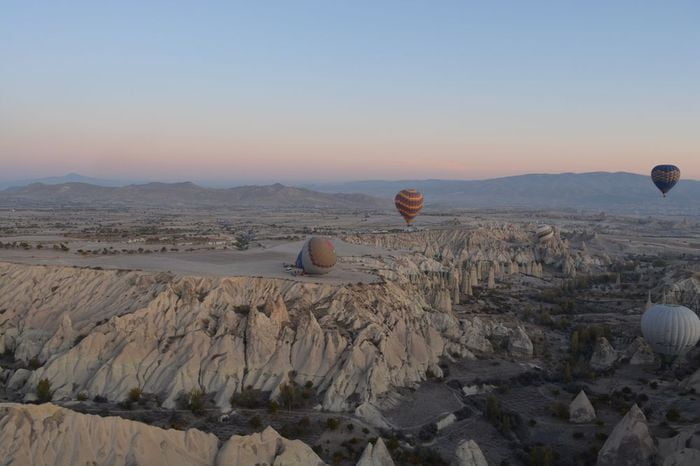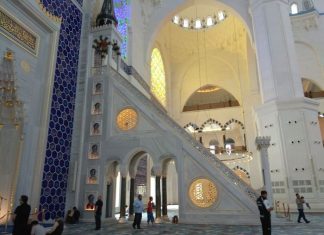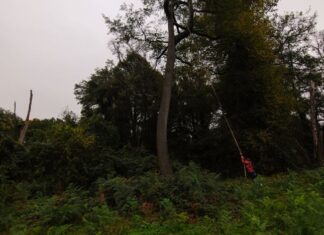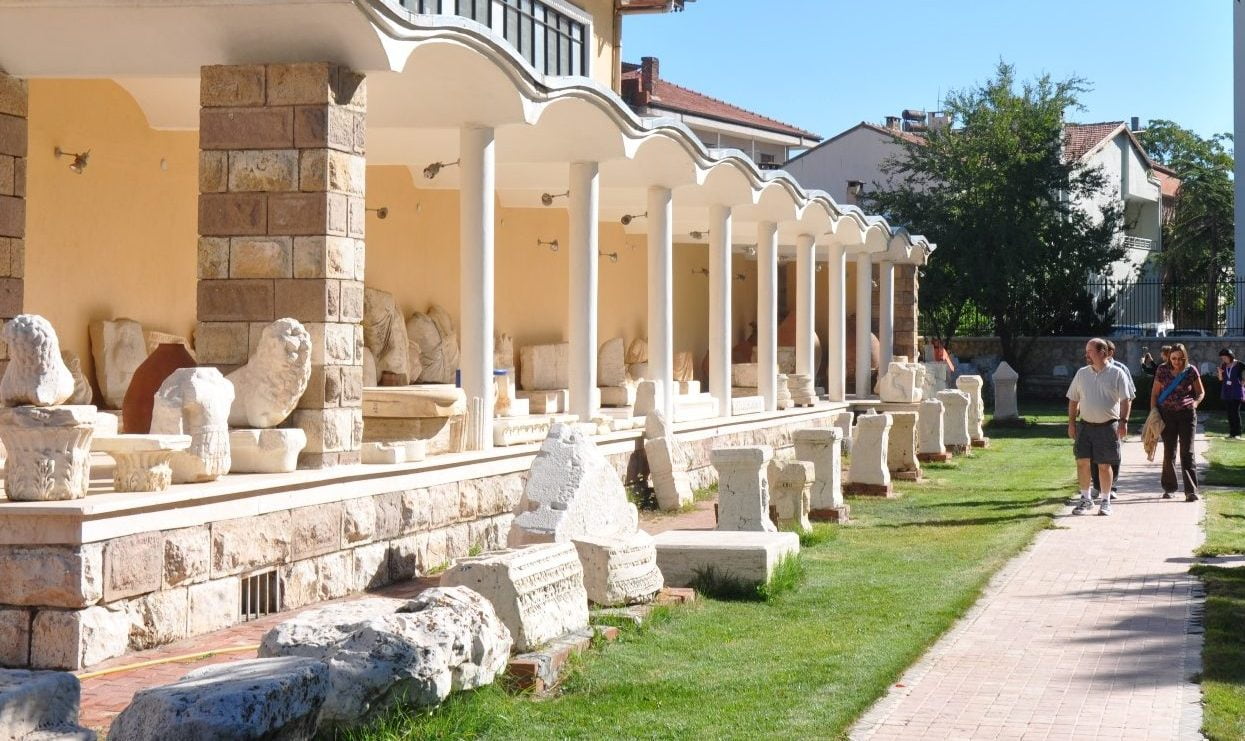Traces of History and Culture
The story of Bulgarian settlements is closely linked to the history, culture, and geography of the country. Bulgaria, located at the crossroads of Europe and Asia, has been home to Thracians, Romans, Byzantines, and Slavs. Each group left its mark, shaping the development of villages, towns, and cities. Today, Bulgarian settlements reflect a mixture of ancient traditions and modern life.
Early Settlements in Ancient Times
The earliest Bulgarian settlements go back thousands of years. Archaeological discoveries show that Thracian tribes built fortified towns and sanctuaries across the land. One of the most famous examples is Plovdiv, considered one of the oldest continuously inhabited cities in Europe. Roman rule later brought paved roads, amphitheaters, and strong urban centers. These ancient roots remind us that Bulgarian land has always been a meeting place of civilizations.
Medieval Bulgarian Settlements
During the First and Second Bulgarian Empires (7th–14th centuries), settlements developed around fortresses, monasteries, and trade routes. The capital cities of Pliska, Preslav, and later Veliko Tarnovo were not only political centers but also hubs of culture, religion, and education. Villages expanded around fertile valleys, where agriculture became the main source of life. These medieval Bulgarian settlements reflected both strategic defense and a strong sense of community.
Settlements Under Ottoman Rule
From the late 14th century to the 19th century, Bulgaria was under Ottoman rule. During this period, many towns changed in appearance, with the addition of mosques, bazaars, and bridges. However, Bulgarians preserved their culture through traditional houses, churches, and schools. The town of Koprivshtitsa is a good example of a preserved settlement from this era, where colorful houses and cobblestone streets still show the spirit of the Bulgarian Revival period.
Modern Bulgarian Settlements
Today, Bulgarian settlements are a mixture of old and new. Sofia, the capital city, is a modern European city but still carries traces of Roman and Ottoman architecture. Other cities like Varna and Burgas are important coastal centers on the Black Sea, combining tourism and trade. Smaller villages in the mountains, such as those in the Rhodopes, keep alive traditions of folk music, crafts, and rural hospitality. This diversity makes Bulgarian settlements unique, where history and modern life coexist.
From ancient Thracian sites to modern cities, Bulgarian settlements tell the story of a nation that has survived, adapted, and flourished through centuries. They show the importance of community, culture, and resilience. Exploring these settlements means discovering not only Bulgaria’s past but also the living traditions that continue to shape its future.


